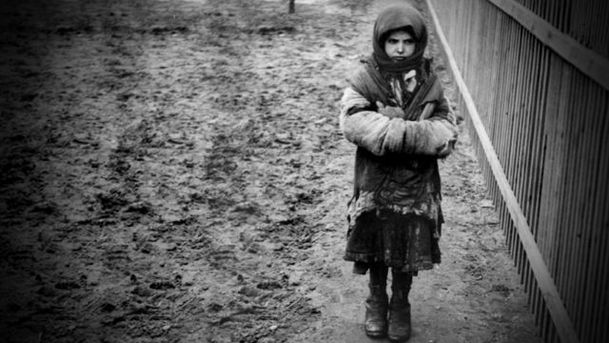Twenty Minutes - Children of the Revolution

Lesley Chamberlain tells the stories of some of the millions of children displaced by the Russian Revolution. The impact of the Bolshevik Revolution, the Civil War and above all the Famine of 1919-21 not only devastated the Russian population but left millions of children without care. An American relief organisation put the number at five million as early as 1918. Through the 1920s unofficial Russian estimates rose to as much as nine million. This figure was put forward by the Culture Commissar Lunacharsky who was among many top Soviet dignitaries of the day who, away from the front line of revolutionary politics, tried to relieve the problem of the gangs of sick and feral children who were in evidence across the country. Leading figures in the campaign to do something about the 'bezprezornye' included the wives of leading Bolsheviks Lenin, Zinoviev and Kalinin. Many troubled articles appeared in the Soviet press through the 1920s. The sting in the tale of this story is the use Communist ideology made of children in general and the feral children in particular. While investing heavily in the image of the child as the promise of a golden future, the more ardent ideologists felt that 'the deserted children, not having grown up in family homes, and therefore free of bourgeois ideas of morality, offered magnificent human material for the work of creating a new Communist generation.' These were the words of the only observer of the situation ever to have written a book about the subject, an emigre and former Duma member from tsarist days, Vladimir Zenzinov. Zenzinov, a friend of the novelist Nabokov, wrote the book in his first years in exile. This talk brings this subject to the attention of British audiences for the first time.